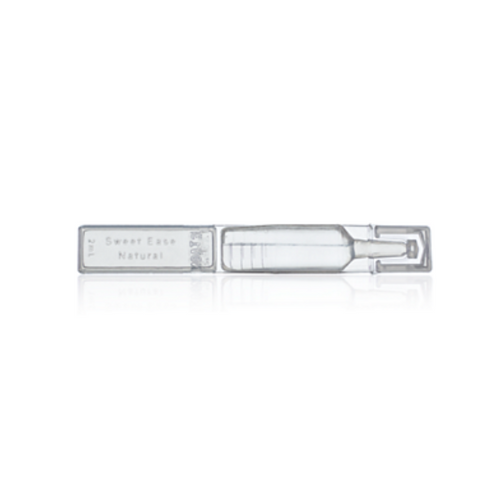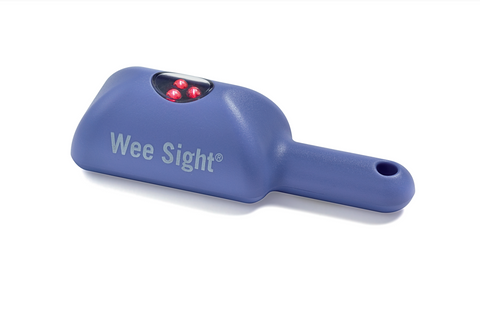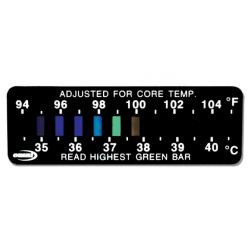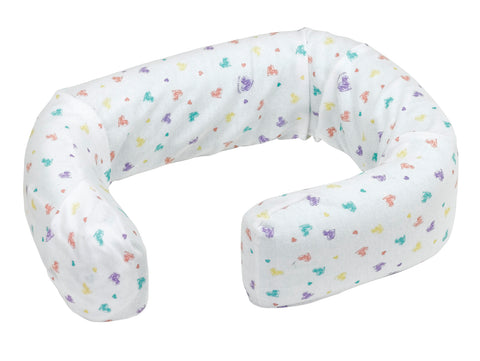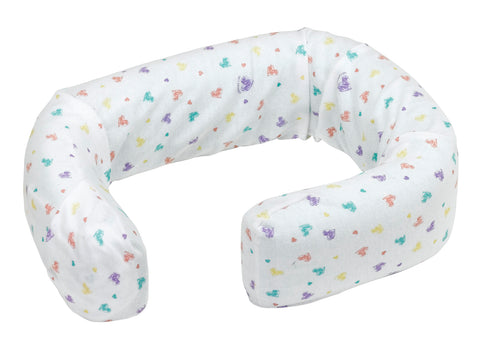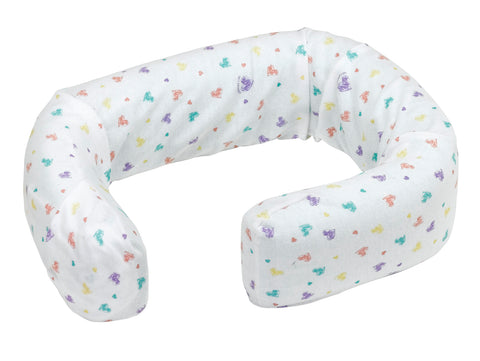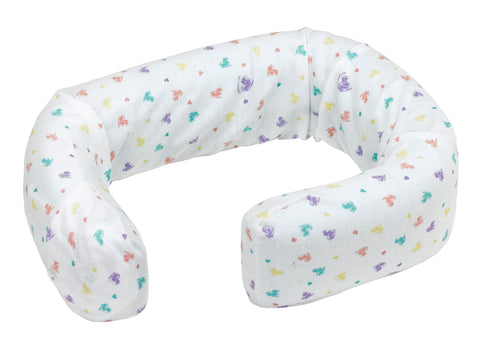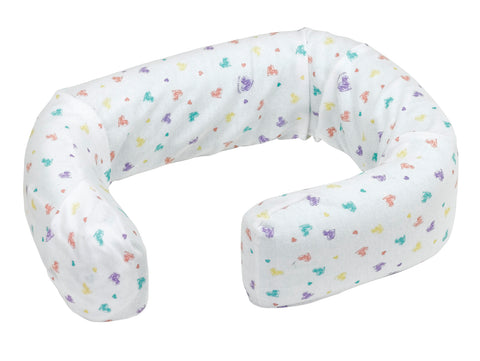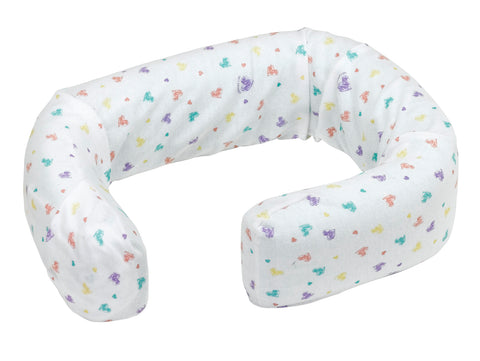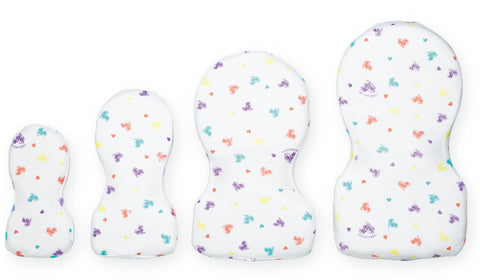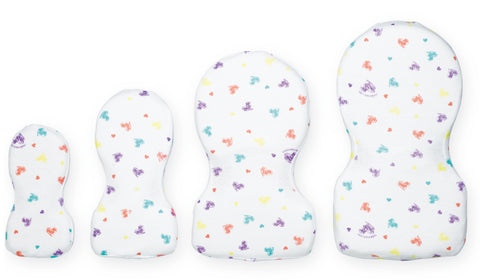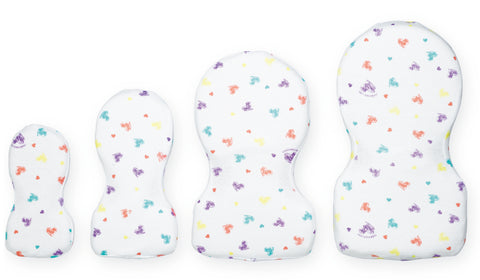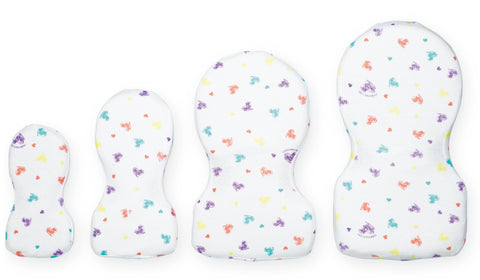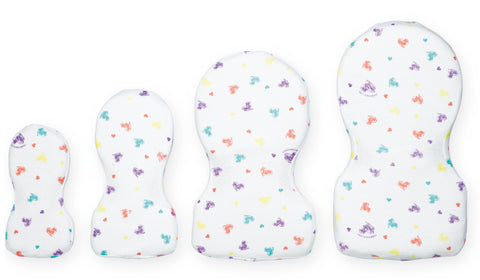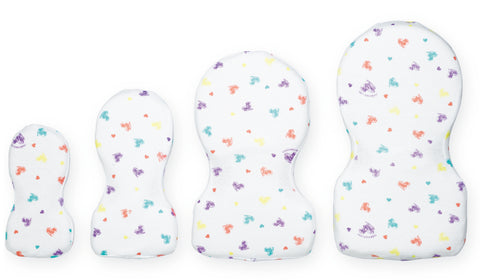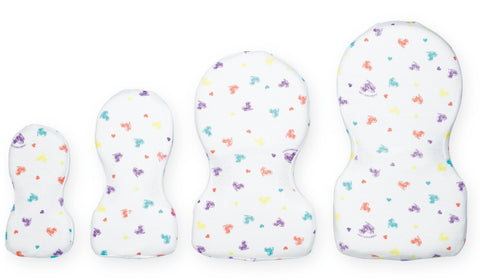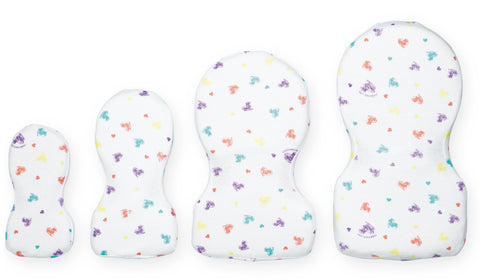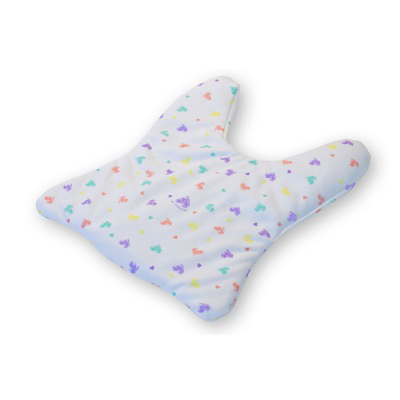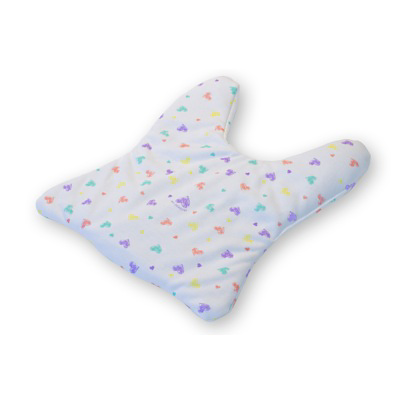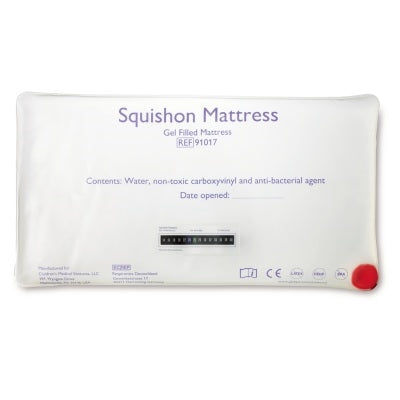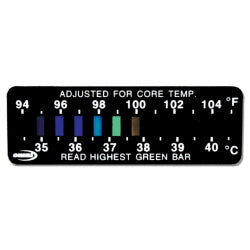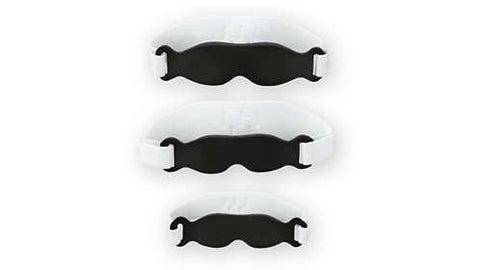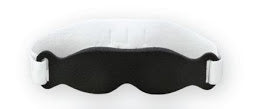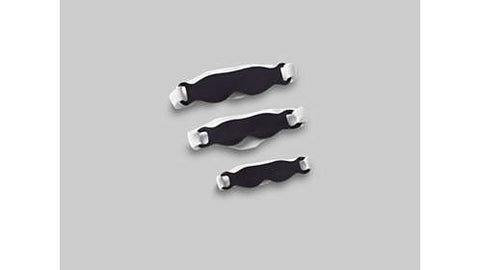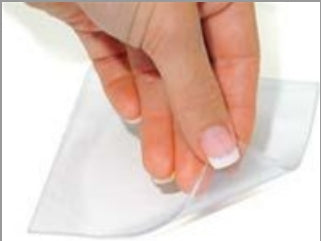Best Deals
Special Products
Performa Pelvic Health Table (Packaging - Each)
This table is specifically designed for patients pelvic problems. The table allows for the physical therapist to be closer to the patient and give better care, while still allowing for patient comfort. In addition, it also folds up in the center, which increases the level of therapy that can be provided. For complete convenience, the table has a bar that can be used to raise or lower the patient, even while the therapist is giving care.
- Side cutouts allow the clinician to get close to the patient, yet leave enough room for the patient to be comfortable. Standard treatment tables are wider, more difficult to get around. They can cause potentially damaging side-bend and rotation for therapists.
- Adjustable legrest helps stabilize the patient, accommodating the patient's height. Relaxes the patient's hip rotator during internal exams. Standard tables require the therapist to support one of the patient's legs, causing the hip rotator of the unsupported leg to activate. Second legrest is available as an option.
- Various positions lets the therapist effortlessly position and reposition the patient during treatment. Traditional tables often require therapists to use multiple pillows—a position that can cause back pain for the patient.
- Control bar for height enables clinicians to easily adjust table height anywhere around the table without interrupting treatment.
081551597
Performa
Clinic Equipment
50 In Stock
This table is specifically designed for patients pelvic problems. The table allows for the physical therapist to be closer to the patient and give better care, while still allowing for patient comfort. In addition, it also folds up in the center, which increases the level of therapy that can be provided. For complete convenience, the table has a bar that can be used to raise or lower the patient, even while the therapist is giving care.
- Side cutouts allow the clinician to get close to the patient, yet leave enough room for the patient to be comfortable. Standard treatment tables are wider, more difficult to get around. They can cause potentially damaging side-bend and rotation for therapists.
- Adjustable legrest helps stabilize the patient, accommodating the patient's height. Relaxes the patient's hip rotator during internal exams. Standard tables require the therapist to support one of the patient's legs, causing the hip rotator of the unsupported leg to activate. Second legrest is available as an option.
- Various positions lets the therapist effortlessly position and reposition the patient during treatment. Traditional tables often require therapists to use multiple pillows—a position that can cause back pain for the patient.
- Control bar for height enables clinicians to easily adjust table height anywhere around the table without interrupting treatment.

